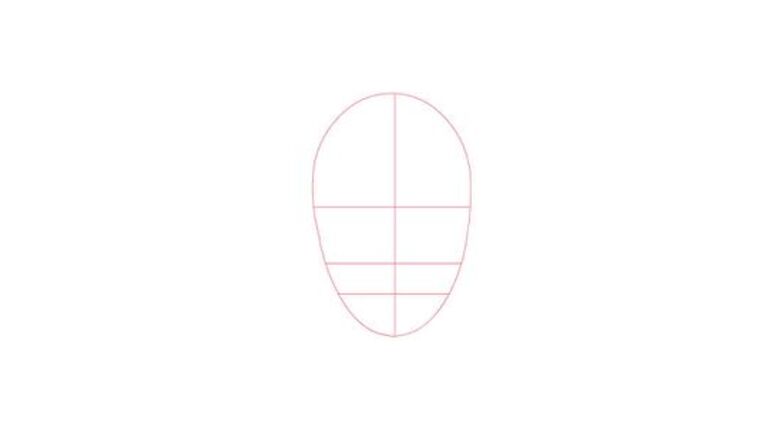
views
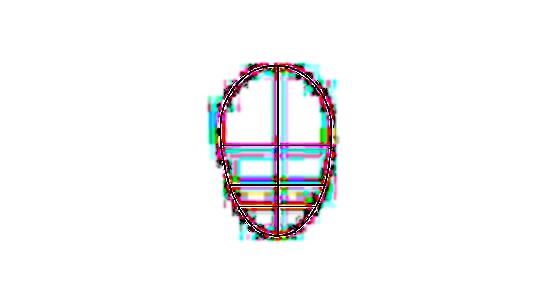
Draw an oval slightly wider at the top than bottom. Lightly sketch a vertical line down the center, then draw a horizontal line halfway between the top and bottom of the oval. This line will give you the eye placement. Divide the remaining space below in half and make a line there. This will be for the base of the average-length nose. Divide the space below that into thirds. The mouth will be at the top of those thirds; the rest will be the chin.
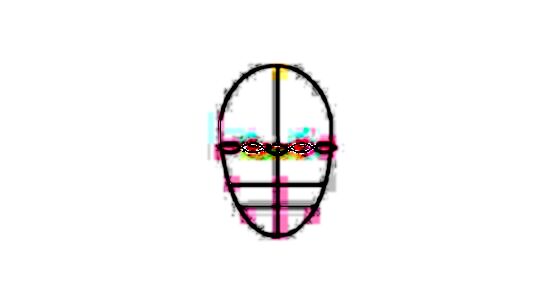
On the middle horizontal line, draw two almond shapes - these are the eyes. On an anatomically correct face, five eyes fit across the span of the face, with the length of an eye fitting in between the two that will be drawn. Starting from the left, the eyes we want are the second and fourth. The inner corner of most eyes tilts down; the outer corner can tilt up or down, depending. For our purposes, that outside corner should tilt up a bit, so that the line that describes the bottom lid looks like a very slight "s" shape on its side.
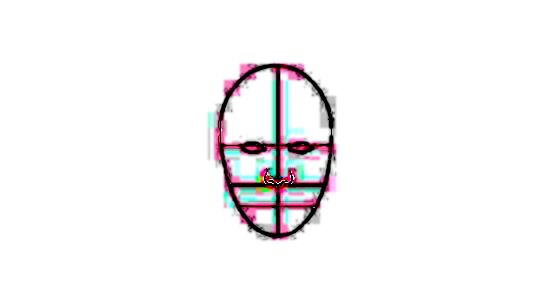
Down the center line, draw a nose. The nose is narrowest between the eyes and widest at the nostrils. Notice how the tip turns under. Everyone's nose is unique, and if you are doing a portrait, capturing someone's nose exactly will give your drawing more authority.
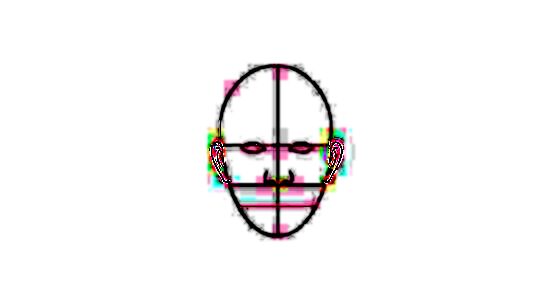
Go back up to the top horizontal line. On either side of this, draw ears. Notice that the ears stick out wider at the top and then come in near the lobes. Some lobes are attached and some are loose. Ears are pretty complicated to draw - keep them simple at first until you get an idea of their construction.
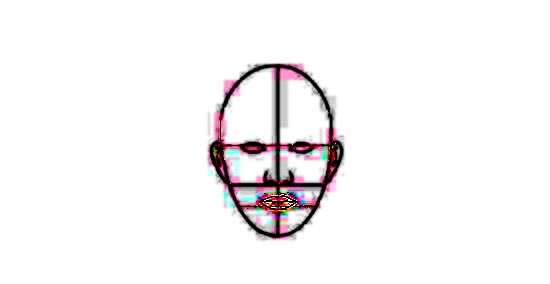
Add a mouth. Make a flat, rounded "V" shape that is dips below the lowest line. That will be the bottom of the lower lip. Join that smile line with a wide, soft "M" shape—the top of the upper lip. Draw a very soft "m" shape between the two, which defines the separation of the lips, and the lip ratio. Moving the mouth up or down, and making the top and bottom lips with different proportions will help vary the look of the face you're drawing.
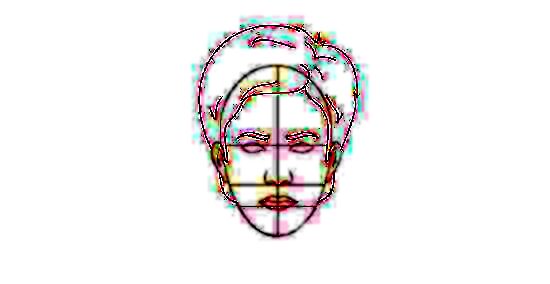
Drawing the hair. Hair is hard to draw, but start off with lines (remember, this is line drawing). Is the hair straight? Parallel lines curving around the head. Is the hair curly? Curved lines. Notice how curly hair breaks into clumps composed of parallel strands.
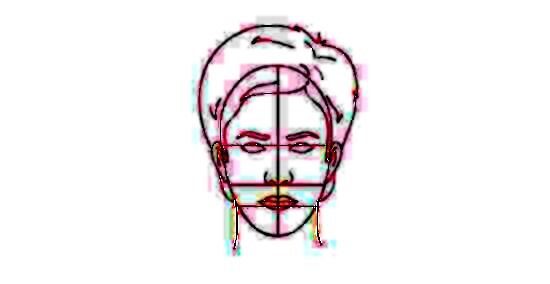
Finish with the neck. The neck is thicker than we like to think. The sides start at the top of the jaw line and go down on a curve.
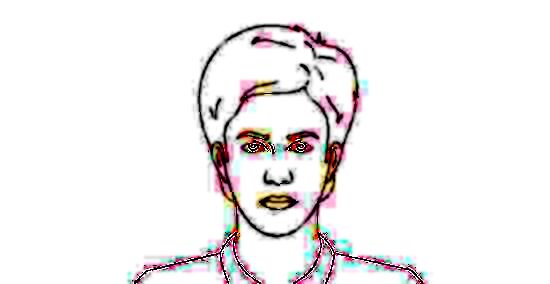
Add a collar or neckline of some sort. You can add a shirt, jacket, turtleneck—even nothing at all. The type of clothing you add will give your drawing some sense of time and place.
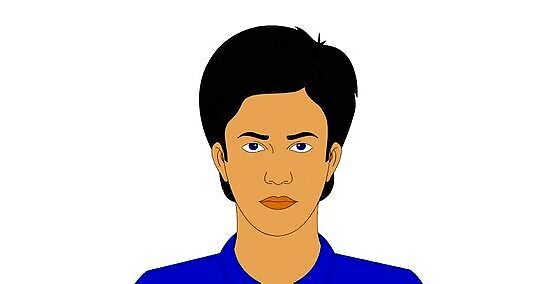
Finished.


















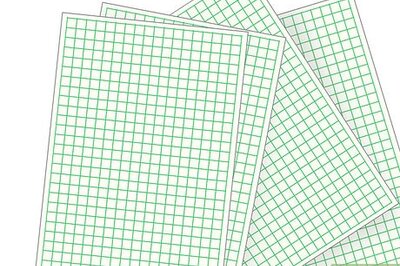
Comments
0 comment